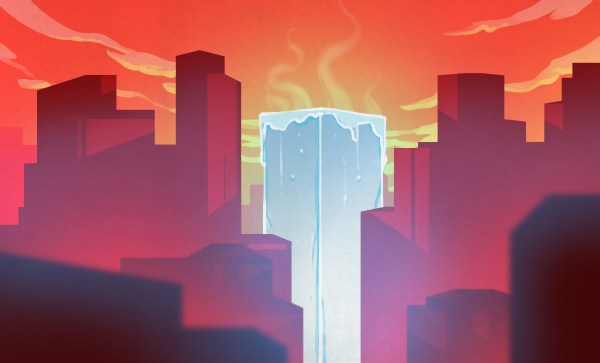There are many ways to hack the world. Graduate students at Parsons The New School for Design developed a guide for hacking the biggest piece of technology humans have developed – the city.
One of the things we love here at Hackaday is how hacking gives us a tool to make the world a better place for ourselves and those around us. Even if it’s a simple Arduino-based project, we’re (usually) trying to make something better or less painful.
Taking that same approach of identifying a problem, talking to the end user, and then going through design and execution can also apply to projects at a larger scale. Even if you live in an already great neighborhood, there’s likely some abandoned nook or epic vista that could use some love to bring people out from behind their screens to enjoy each other’s company. This guide walks us through the steps of improving public space, and some of the various ways to interact with and collate data from the people and organizations that makeup a community. This could work as a framework for growing any nascent hacker or makerspaces as well.
Hacking your neighborhood can include anything: a roving playground, a light up seesaw, or a recycling game. If you’ve seen any cool projects in this regard, send them to the tipsline!












